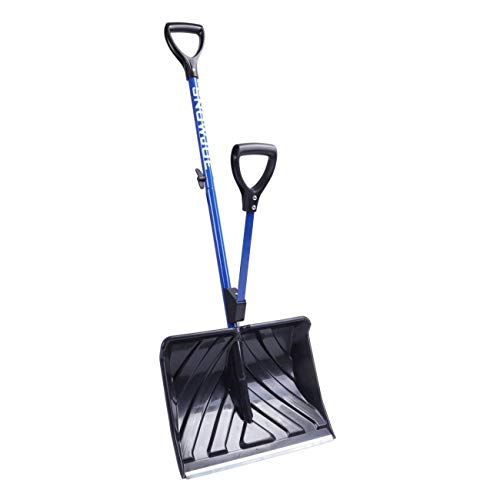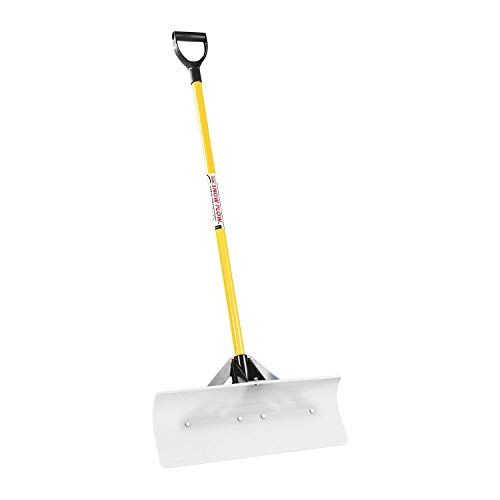Which neighbor is responsible for shoveling snow? Expert attorneys explain your rights, responsibilities, and how not to fall foul of the law
Here's exactly when, why, and how you should shovel snow – at least according to the law


With recent heavy storms, you've probably needed to shift a lot of snow off your driveways and paths.
But not every neighbor sees eye to eye about how to responsibly manage snow. Some neighbors won't stick to the social contract and shovel their part of the sidewalk, or dump their snow where it shouldn't belong. Some even expect you to do all their shoveling for them.
In the worst cases, these arguments can even become litigious. I spoke to attorneys about the rules and regulations around shoveling snow. It varies a lot from city to city, but the golden rule is to clear your driveways, paths, and sidewalks next to your home.
1. Know city ordinances - you may not have to shovel at all
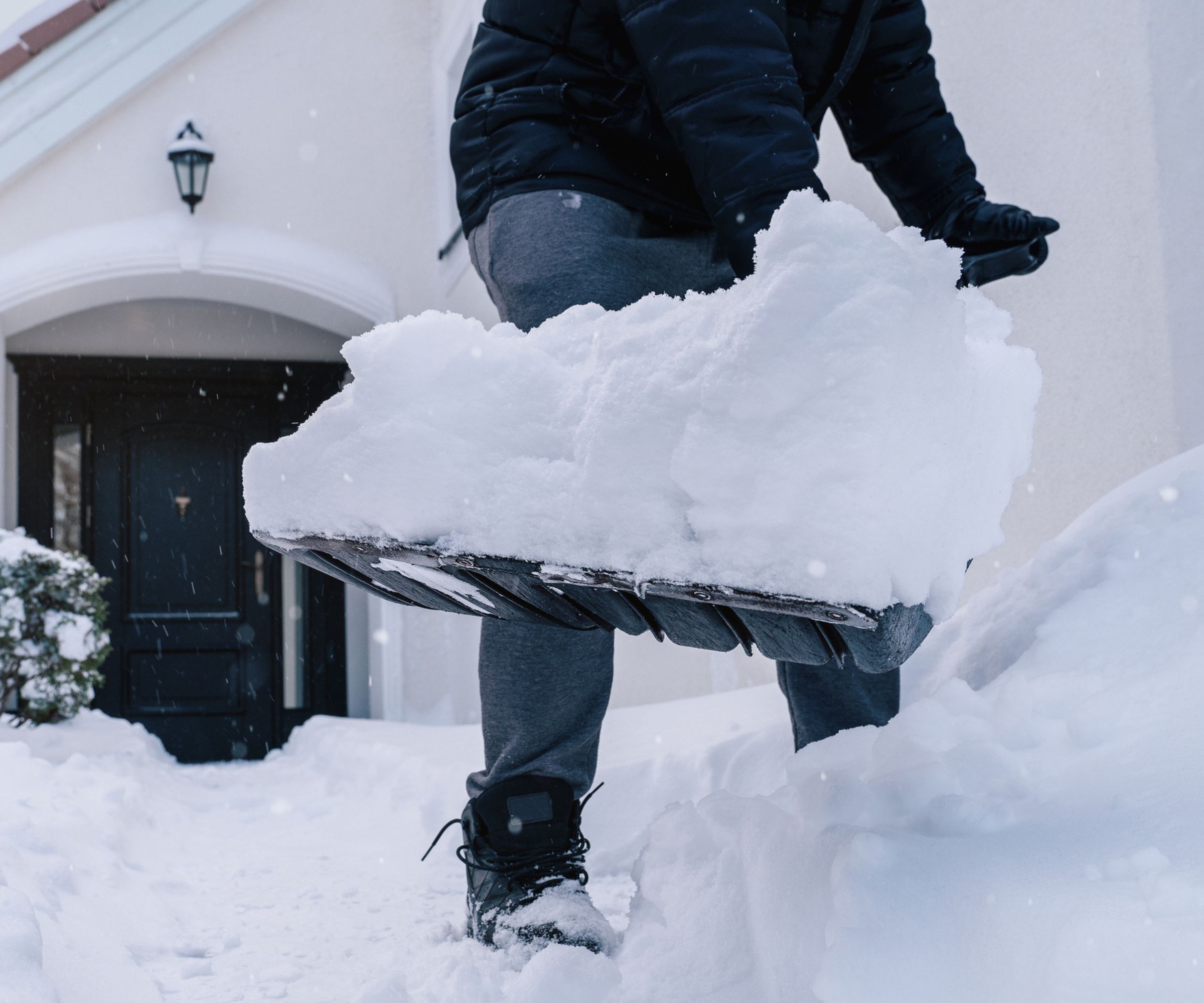
The first thing to know is that snow shoveling is usually governed by city ordinances. Attorney Ben Michael says 'On the federal and state level, there aren’t laws that clearly define who is responsible for shoveling where. You have to look into your own city ordinances, and those can vary from one city to the next.'
This means that responsibilities can vary from place to place. Ben says 'The biggest question people often have is with any public walkways in front of or next to their property. Sometimes, city ordinances outline that these walkways are not the responsibility of the homeowner and that local municipalities are the ones responsible. In other cases, cities place the responsibility on the homeowner.'
For example, in Iowa City, residents have to remove snow from sidewalks in front of their property 24 hours after an inch of snowfall or face a fine, and property owners can be liable for damages caused by poor snow removal. In Portland, MI, there's a 12-hour window to remove snow or ice. In Lexington, KY, property owners must remove snow and ice from sidewalks four hours after the snow has stopped. In some places the law specifies that you must remove snow from sidewalks in front of your property; in others, you must remove snow from sidewalks abutting your property in any direction.
Other places, however, do not have these rules. Though there are a few exceptions, Missouri-based lawyer Robert Penell told me that 'In Missouri, no one is legally responsible for shoveling or otherwise removing snow and ice. The common law is very clear that no one has a legal duty to protect anyone else from a general condition of snow and ice.'
On top of all that, things get trickier when you rent. It's always a good idea to check your lease to see who is responsible. It will say if the landlord is responsible for shoveling snow, but it may also state in the lease agreement that the responsibility falls to the renter.

Ben Michael has been practicing criminal defense law for nearly a decade. He has been named one of the Top 10 Criminal Defense Attorneys in Texas and the founder of the firm Michael & Associates.
Robert Pennell is an attorney working out of St Louis, Missouri. He specializes in assisting small businesses and their owners, ensuring efficient and cost-effective legal solutions.
2. Clear snow off pavement in front of your yard - but be careful
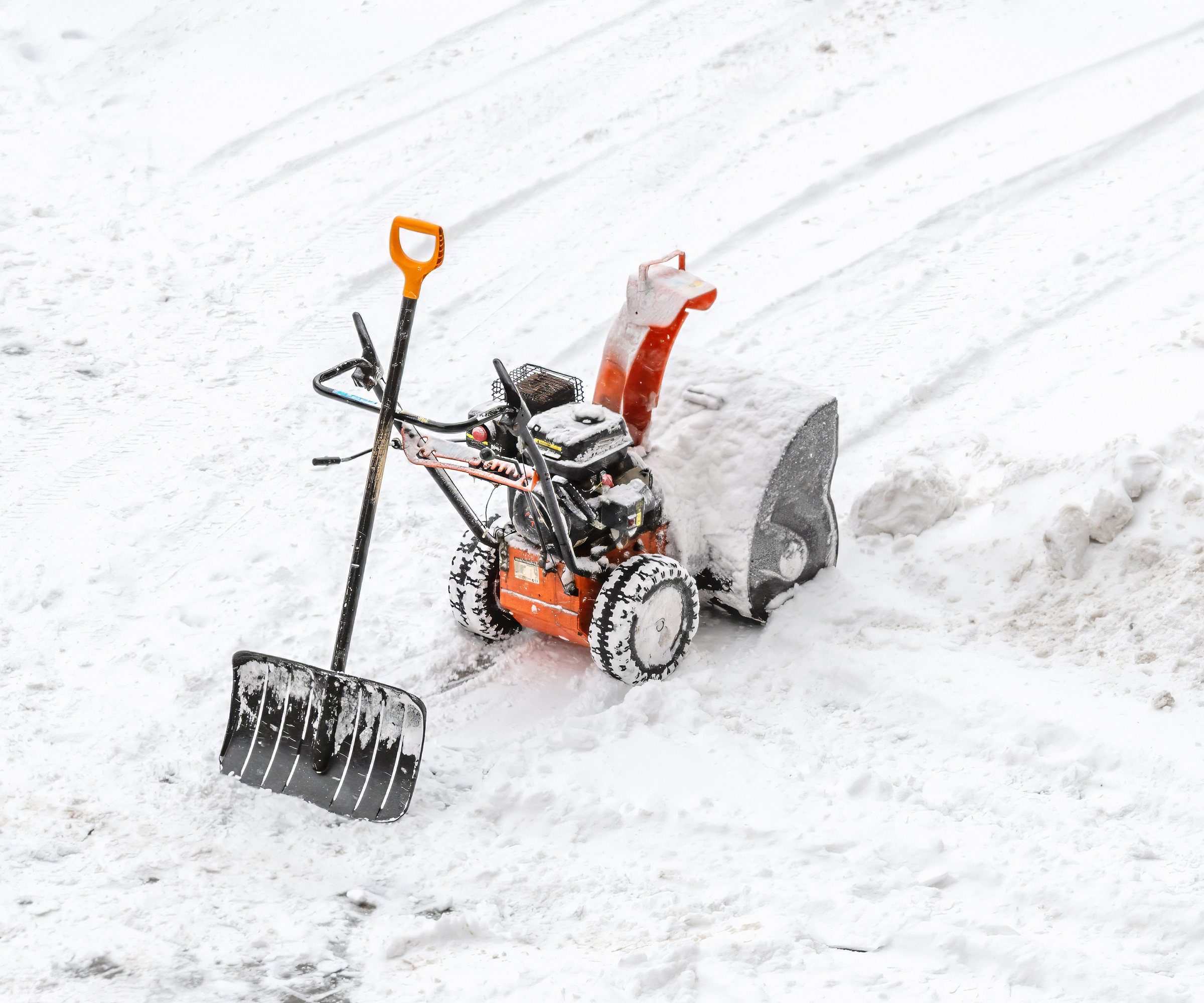
This means that in most places you're responsible for clearing snow from your driveways and paths and from shared sidewalks up to your property line. However, you need to make sure you do a good job.
Robert Pennell explains 'If I attempt to remove the snow, I can be liable for doing so negligently. The concept is that if I do nothing, it is an open and obvious hazard that anyone should be able to recognize. If I shovel, I have led persons walking across the shoveled portion to believe it is safe. As a result, if a spot is icy and the person falls, I can now be liable for having shoveled the snow negligently.'
However, this doesn't mean that you're responsible for any potential injury on your property. Robert explains that 'There is a public misperception that a property owner is somehow liable for any injury someone sustains on the property. It is important to understand that a property owner is only liable for injuries someone sustains on the property if the landowner has done something wrong that led to the person being injured. Typically, that is going to be something that increases the likelihood of injury or decreases the likelihood that an ordinary person would be able to recognize the dangerous condition.'
This means that if someone crosses your snow-covered front yard and slips, you may not be liable for the injury; they can see the risk of snow, and you haven't created an inherently dangerous situation by leaving snow on your lawn. However, this is of course subject to the quirks of local ordinances.
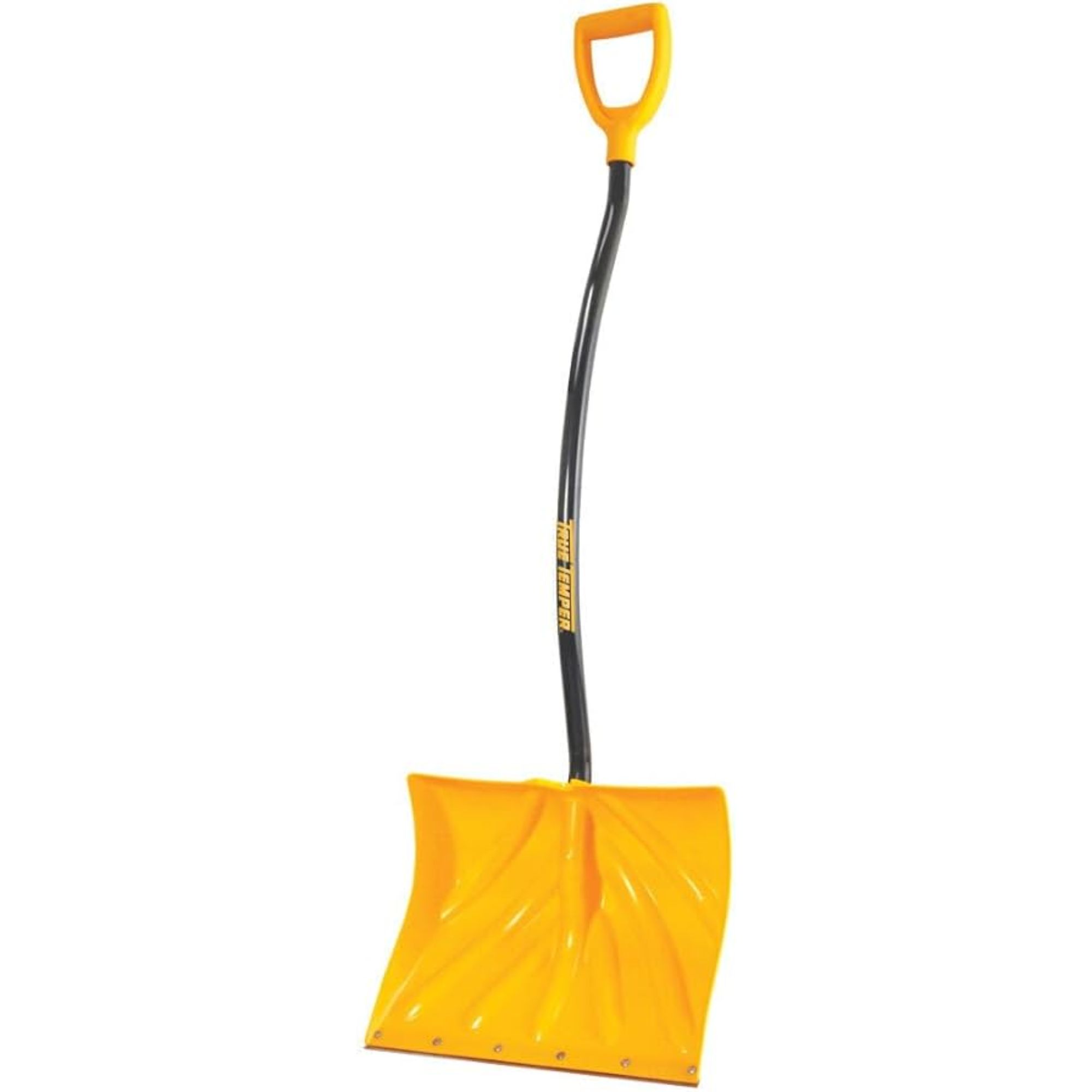
This shovel has a clever bend in the shaft to make it easier to get leverage on wet, heavy snow.
3. Be careful where you dump snow

You have to be careful where you dump snow for several reasons. The first is to beware of public property. It is a misdemeanor to dump snow on a public right-of-way in California. Shoveling snow onto sidewalks or onto roads could land you in trouble and you may be fined.
You also can't shovel snow into a neighbor's yard. The most obvious reason for this is that it's antisocial and means they have more snow to clear. However, it could make you liable for legal action. Lawyer Robert Pennel explains that 'Theoretically, my neighbor could create a more dangerous condition on my property by blowing snow onto my property with his snowblower.
'If that were to occur in such a fashion that an individual injured on my property could legitimately claim that it created a greater risk of harm than the general condition of snow and ice, making me liable, then I would want to document what the neighbor had done as part of my defense to hold the neighbor liable if a lawsuit were subsequently filed.' However, this is an unlikely situation.
4. Talk to neighbors about shoveling
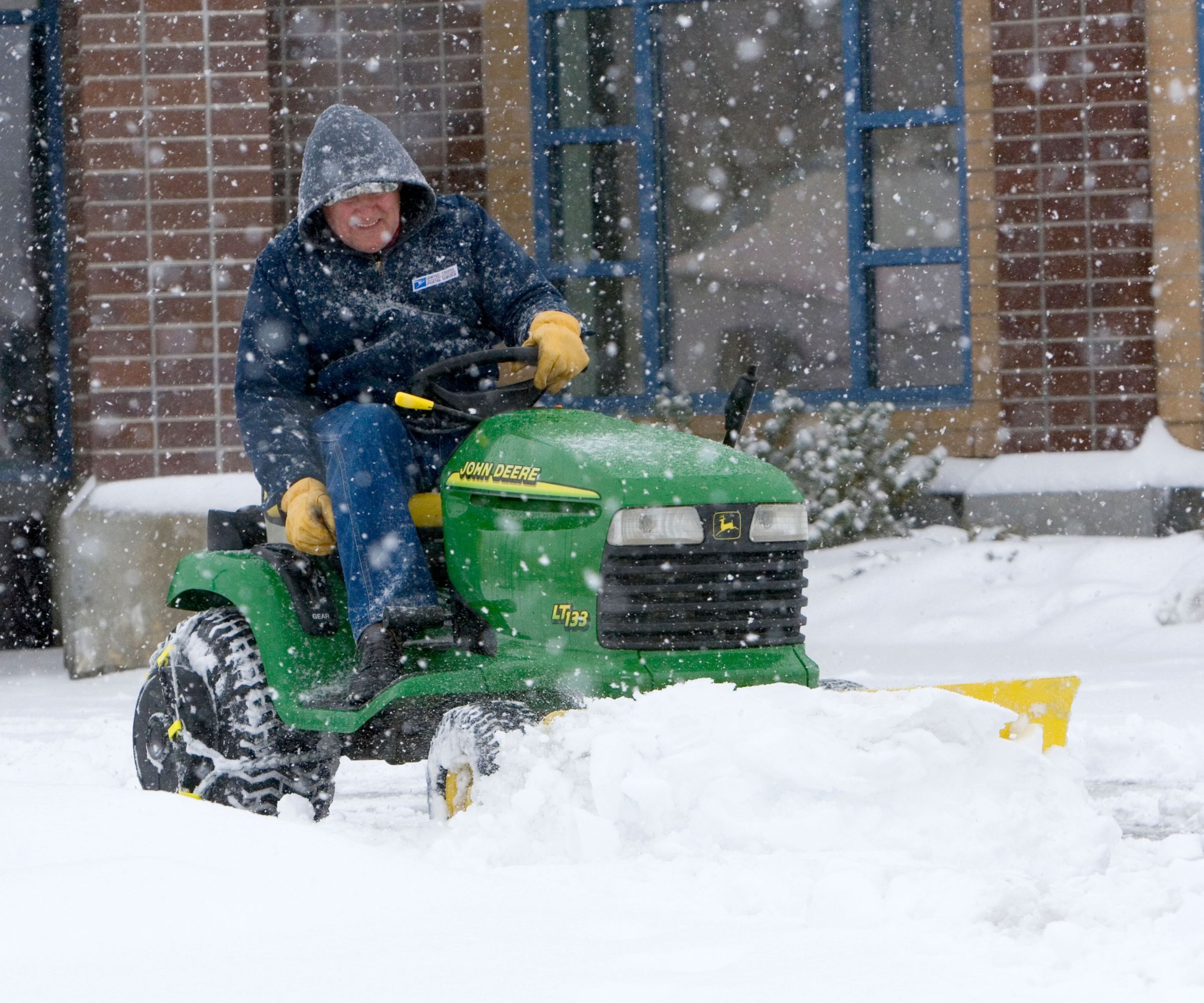
If your neighbors aren't shoveling their snow and you think it's causing a hazard on nearby sidewalks, your best bet is to talk to them. Many people can't shovel snow for health reasons; your neighbors might have bad backs or other injuries or disabilities that prevent them from shoveling. There is no law that says you can't help a neighbor by shoveling their sidewalk for them, but you need to take extra care, because if you do a bad job and someone slips and injures themselves you could be liable.
However, if a neighbor is able to shovel snow and simply refuses, many cities have apps or phone lines for reporting unshoveled snow. In these cases, the city will probably send around someone to shovel the snow from the driveway and bill your neighbor for the expense, but this depends on local ordinances.
Snow shoveling can be a lot trickier than it looks, and if you don't know what you're doing, you can cause serious problems. In fact, there are four places you shouldn't clear snow, as they can be dangerous or damage your property.
Sign up to the Homes & Gardens newsletter
Design expertise in your inbox – from inspiring decorating ideas and beautiful celebrity homes to practical gardening advice and shopping round-ups.

As a gardens and lifestyle contributor, Alex makes sure readers find the right information to help them make the best purchase. Alex got his start in reviewing at the iconic Good Housekeeping Institute, testing a wide range of household products and appliances. He then moved to BBC Gardeners’ World Magazine, assessing gardening tools, machinery, and wildlife products.
You must confirm your public display name before commenting
Please logout and then login again, you will then be prompted to enter your display name.
-
 7 questions to ask yourself before moving house – realtors promise answering these questions will prevent buyer's regret
7 questions to ask yourself before moving house – realtors promise answering these questions will prevent buyer's regretDon’t make your move harder, ask these questions before moving to avoid mistakes
By Chiana Dickson
-
 10 of the best plants for clay soil – experts recommend the flowers, shrubs and trees that can thrive in challenging conditions
10 of the best plants for clay soil – experts recommend the flowers, shrubs and trees that can thrive in challenging conditionsDiscover what varieties to grow if you want the best plants for clay soil
By Sarah Wilson
